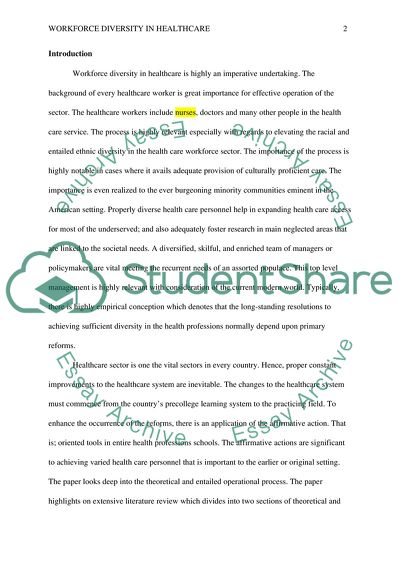Cite this document
(“Literature & research review of workforce diversity in healthcare Essay”, n.d.)
Literature & research review of workforce diversity in healthcare Essay. Retrieved from https://studentshare.org/nursing/1667234-literature-research-review-of-workforce-diversity-in-healthcare
Literature & research review of workforce diversity in healthcare Essay. Retrieved from https://studentshare.org/nursing/1667234-literature-research-review-of-workforce-diversity-in-healthcare
(Literature & Research Review of Workforce Diversity in Healthcare Essay)
Literature & Research Review of Workforce Diversity in Healthcare Essay. https://studentshare.org/nursing/1667234-literature-research-review-of-workforce-diversity-in-healthcare.
Literature & Research Review of Workforce Diversity in Healthcare Essay. https://studentshare.org/nursing/1667234-literature-research-review-of-workforce-diversity-in-healthcare.
“Literature & Research Review of Workforce Diversity in Healthcare Essay”, n.d. https://studentshare.org/nursing/1667234-literature-research-review-of-workforce-diversity-in-healthcare.


